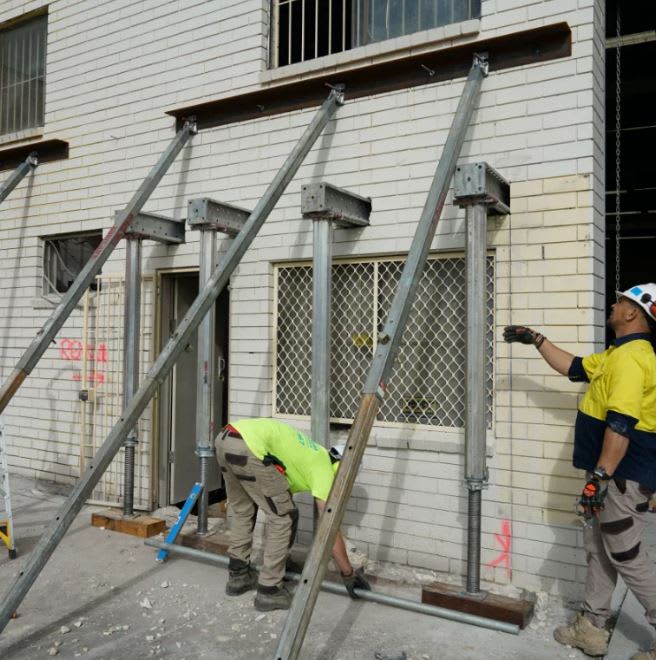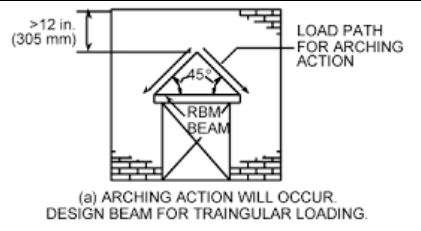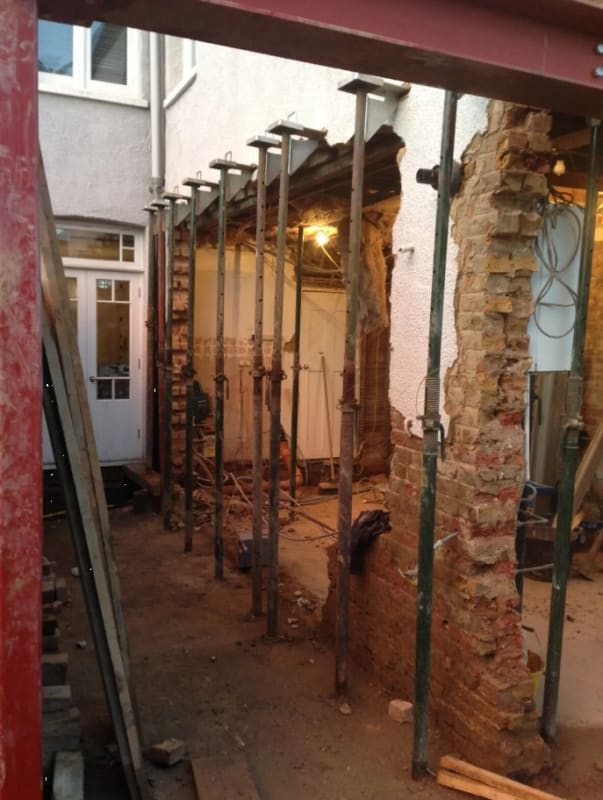Bammer25
Structural
- Mar 22, 2018
- 136
Have a client wanting to open up a basement/crawl space wall on a 3 level structure. The lower level is running bond, reinforced 12" cmu. I have two questions:
1. for loading, I will have distributed load along the beam from dead and live loads above (floors, wall weight, etc). Since the loads are coming from a good ways away vetically (would I consider any sort of 2 to load dispersion or anything like that? Or just consider loading from direction above the beam (like if the beam is 10' long, consider the loads from that 10' section going all the way up)?
2. How much of the existing wall can I consider part of the beam, for depth purposes? If I have 12' of masonry block left above my opening, what sort of detailing do I need to consider to use some of that? Or do I need to have as much torn out from the wall that I want to use for my beam design?
I guess another question is not really my problem (its the contractor's), but I have always wondered how they do this in the field and safely temporarily support the wall left above the opening.
1. for loading, I will have distributed load along the beam from dead and live loads above (floors, wall weight, etc). Since the loads are coming from a good ways away vetically (would I consider any sort of 2 to load dispersion or anything like that? Or just consider loading from direction above the beam (like if the beam is 10' long, consider the loads from that 10' section going all the way up)?
2. How much of the existing wall can I consider part of the beam, for depth purposes? If I have 12' of masonry block left above my opening, what sort of detailing do I need to consider to use some of that? Or do I need to have as much torn out from the wall that I want to use for my beam design?
I guess another question is not really my problem (its the contractor's), but I have always wondered how they do this in the field and safely temporarily support the wall left above the opening.




